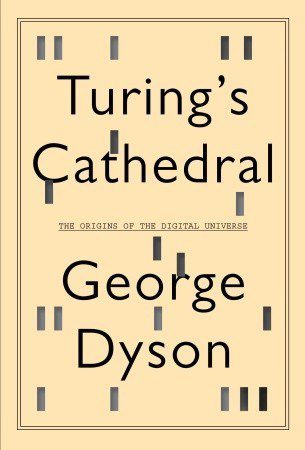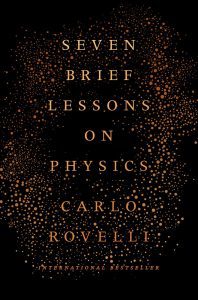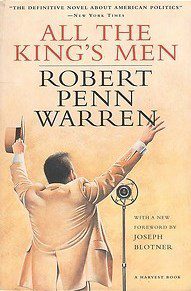Title: Turing’s Cathedral: The Origins of the Digital Universe
Author: George Dyson
First published January 1, 2012
505 pages, ebook
Rating: 3.59
Overview
George Dyson’s Turing’s Cathedral immerses readers in the world of the brilliant minds who built the first computer capable of computing any sequence. Focusing on the groundbreaking work of John von Neumann and his team at the Institute for Advanced Study in Princeton, Dyson illuminates the revolutionary impact of their achievement.
With a mere five kilobytes of memory, the computer they built made groundbreaking advancements in weather prediction and nuclear weapons design. In this prophetic and historic account, Dyson explores how the digital universe exploded after World War II, paralleled by the decoding of self-replicating sequences in biology and the creation of the hydrogen bomb.
Turing’s Cathedral offers a fascinating glimpse into the origins of our digital world and a glimpse of where it may be heading next.
About the Author
George Dyson is an accomplished scientific historian with an interesting background. He hails from a family of notable figures such as Freeman Dyson, Esther Dyson, and Sir George Dyson.
However, at the age of sixteen, George decided to venture out on his own and moved to British Columbia, Canada. His passion for kayaking led him there, and he even lived in a treehouse 30 meters above ground level.
George is also a published author, having written two books: Project Orion: The Atomic Spaceship 1957-1965 and Darwin Among the Machines: The Evolution of Global Intelligence. In the latter, he builds on the ideas put forth in Samuel Butler’s article of the same name, suggesting that the internet may be a living, sentient being.
Kenneth Brower even wrote a book about George, highlighting his accomplishments and fascinating life story. In addition to his scholarly pursuits, George is also the founder of Dyson, Baidarka & Company.
This company designs Aleut-style skin kayaks and is credited with bringing the baidarka style of kayak back into popularity.
Editoral Review
Turing’s Cathedral: The Origins of the Digital Universe by George Dyson is a non-fiction book first published on January 1, 2012. Dyson is a historian of technology and has written numerous books on the subject.
Turing’s Cathedral focuses on the early days of digital computing machines and its importance to the development of modern computing. The book explores the mid-20th century history of computing, often referred to as the “digital revolution.” Dyson delves into the development of the computer at the Institute for Advanced Study in Princeton, New Jersey, and the people behind its creation, including Alan Turing, John von Neumann, and others.
It also explores the political and social context of the time, including the Cold War and the push towards technological supremacy. Turing’s Cathedral provides a detailed and fascinating account of the creation of the first digital computers.
Despite covering a highly technical subject, Dyson’s writing style is engaging and accessible. The book’s structure is well-organized, with each chapter building upon the previous one.
The book is heavily footnoted, and Dyson provides numerous primary sources and interviews to back up his claims. Perhaps the greatest strength of Turing’s Cathedral is its historical significance.
Dyson’s work sheds light on how the development of digital computing marked a pivotal moment in human history. Based on his research, Dyson argues that the creation of the digital computer was not solely the result of technological progress but was also shaped by political and social forces.
The book emphasizes the role that the Institute played in this process and how its scientists were instrumental in shaping the modern digital age. However, the book is not without its flaws.
Some readers may feel overwhelmed by the technical language used in some parts of the book, and may struggle to understand the more complex aspects of the history and science of computing. Additionally, the book is somewhat narrow in scope, focusing almost exclusively on the development of the digital computer at the Institute for Advanced Study.
Overall, Turing’s Cathedral is an essential book for anyone with an interest in the history of digital computing. George Dyson’s thorough research and engaging writing make the book an enjoyable read, despite its complexity.
The book’s historical significance cannot be overstated, and Dyson’s work serves as a reminder of the power of science and technology to shape our world.
Rating: 4/5
Recommended to: History buffs, computer scientists, technology enthusiasts.



